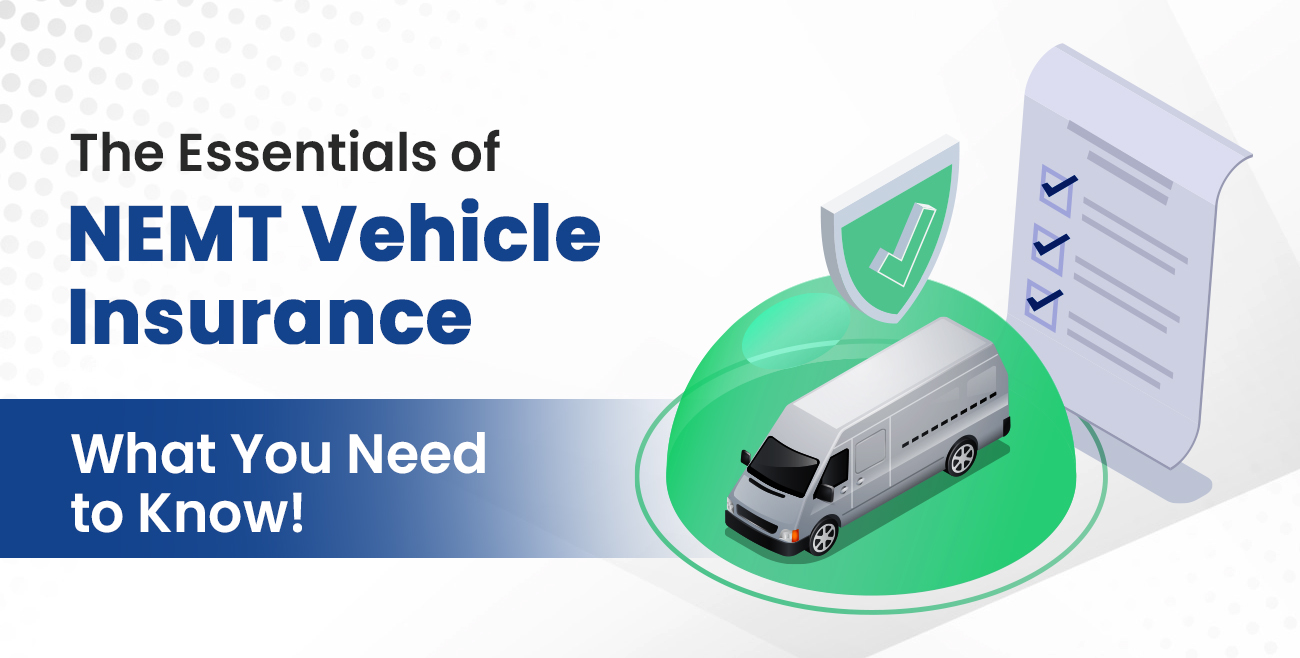
Table of Contents
The number of electric vehicles (EVs) sold in the U.S. has increased slowly but steadily over the past five years.
For many consumers, the annual savings on gas and lower emissions are significant reasons to purchase an EV. Yet, for others, the high initial price tag and the need for reliable charging options have kept them from converting to this next generation of vehicles.
These factors are just as prevalent in the minds of non-emergency medical transportation (NEMT) providers. While there are significant benefits to adding or transitioning their fleet to EVs, the challenges it presents make the decision difficult.
In this article, we look at the state of the NEMT industry and how providers could benefit from shifting to EVs while also discussing the hurdles they face.
Do More with Less
Handle more trips with fewer dispatchers on your payroll with Tobi.
Request a DemoCurrent Challenges Faced by NEMT Providers
NEMT providers are familiar with the challenges of operating in a demanding industry.
Rising fuel costs, stringent environmental regulations, and the ever-present need to modernize their fleets are just a few of the hurdles they face daily.
Increasing gas prices have long been a significant concern for NEMT providers, eating into their already tight budgets. Fluctuating fuel prices can make predicting operational costs challenging and significantly impact their bottom line.
The transportation sector is under increasing pressure to reduce its carbon footprint and comply with strict environmental regulations to curb greenhouse gas emissions.
Modernizing their fleets is another challenge that NEMT providers must contend with.
Maintenance costs tend to rise as vehicles age, leading to increased downtime and reduced reliability. Older vehicles may not meet the latest safety and comfort standards, potentially jeopardizing the quality of service provided to passengers.
Transitioning to electric vehicles presents a compelling solution to these challenges. EVs offer a more cost-effective and environmentally friendly alternative to traditional gasoline-powered vehicles.
Benefits of Electric Vehicles for NEMT Providers
Transitioning to EVs could benefit NEMT providers by offering cost savings and other advantages.
One of the most compelling rewards is the significant reduction in operational costs, particularly fuel and maintenance. Relying on electricity rather than gas makes them incredibly energy-efficient and eliminates fuel costs. EVs have fewer moving parts and require less upkeep, reducing maintenance costs and increasing reliability.
One of the key incentives for NEMT providers to switch to electric fleets is the availability of tax credits.
Businesses and tax-exempt organizations can benefit from a tax credit for purchasing new EVs, with maximum credits of $7,500 for vehicles under 14,000 pounds and $40,000 for heavier vehicles. These tax credits can significantly offset the initial transition costs, making it a more financially feasible option in the long run.
Switching to EVs substantially reduces carbon emissions, contributing to cleaner air and a healthier environment for passengers and the community. Electric vehicles’ quiet and smooth operation also enhances the overall passenger experience, particularly for those with medical needs who rely on NEMT services.
Barriers to Adoption and How to Overcome Them
While the benefits of transitioning to electric fleets are clear, NEMT providers may encounter several barriers that hinder the adoption of this technology.
One of the primary barriers is the upfront costs associated with purchasing EVs, which can be higher than traditional gasoline-powered vehicles. NEMT providers may face challenges related to infrastructure limitations, such as the availability of charging stations and range anxiety, which refers to concerns about the distance an EV can travel on a single charge.
To overcome these barriers, NEMT providers can explore several solutions and strategies.
One approach is to take advantage of government incentives and tax credits available for the purchase of EVs. These incentives can help offset the initial costs of transitioning to electric fleets, making it a more financially viable option.
NEMT providers can consider forming partnerships with charging infrastructure providers to ensure access to a reliable charging station network. By collaborating with these providers, NEMT operators can address infrastructure limitations and alleviate concerns about range anxiety.
Another strategy is to optimize fleet operations to maximize the efficiency of EVs.
This can include implementing route optimization software—like Tobi—to minimize driving distances and reduce energy consumption. NEMT providers can also consider investing in telematics technology to monitor and analyze vehicle performance, allowing for proactive maintenance and optimal resource use.
Electric NEMT Vehicle Options
If you’re unsure where to start, contacting your current dealer about EV options is an excellent first step.
There are several national companies you can look to for options, such as BraunAbility or Model 1. Mobility solutions businesses like these can provide custom options or help you find a local dealer with specific EVs on the lot.
As for which vehicles to consider, there are various options, including:
- BraunAbility Toyota Sienna Wheelchair Van – Designed for wheelchair users and their caregivers, this innovative hybrid vehicle combines functionality, convenience, and style.
- Ford Electric E-Transit – A fully electric version of the popular Ford Transit platform. This paratransit van offers flexible ADA configuration options like the original Transit and offers low-noise and zero-emission operation.
- Chrysler Pacifica Hybrid – Geared for traditional passengers, it’s efficient, innovative, and fit for both short trips and long travels, boasting an estimated total range of up to 520 miles
Outlook and Trends
The future of electric fleets in the NEMT industry is promising, with emerging technologies and trends poised to reshape how NEMT providers operate.
One key trend driving this change is the continued advancement of EV technology, including improvements in battery efficiency, charging infrastructure, and vehicle range. These advancements are expected to address barriers to adoption, such as range anxiety, making EVs a more viable option for NEMT providers.
Another emerging trend is the integration of intelligent technologies into electric fleets, which will enable NEMT providers to optimize operations and improve the overall passenger experience.
For example, telematics and GPS tracking systems can help NEMT providers better manage their fleets, reduce idle time, and improve route planning. Adopting electric vehicles can contribute to a more sustainable transportation ecosystem, aligning with the growing demand for environmentally friendly solutions.
Driving Toward a Better Future
EVs are expected to have a significant impact on the NEMT industry.
As more NEMT providers transition to electric vehicles, there will likely be a reduction in greenhouse gas emissions and air pollution, leading to a cleaner and healthier environment.
Using EVs can help NEMT providers reduce operating costs and improve their bottom line, making them more competitive.
Are you curious how Tobi can help you run your NEMT operations more efficiently? Request a demo for a free 30-day trial and experience how Tobi makes your business better at every turn.



